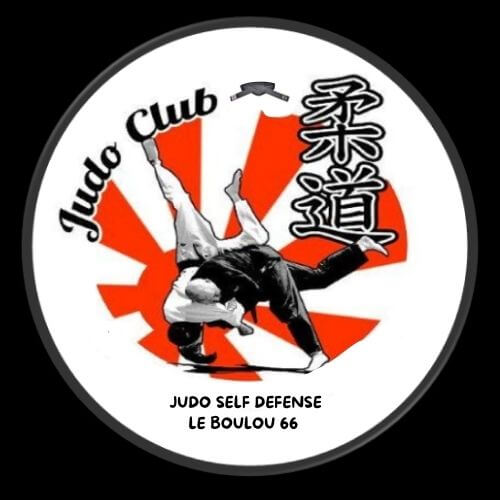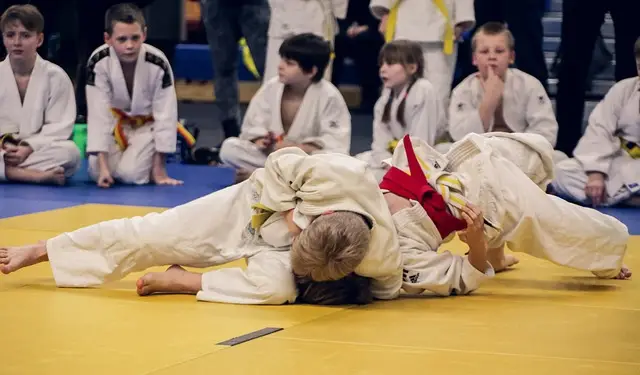
The 10 Most Important Judo Techniques
The 10 Most Important Judo Techniques to Know
The 10 Essential Throwing Techniques in Judo (Nage-Waza) to Become a Skilled Judoka:
- One-Arm Shoulder Throw – Ippon Seoi Nage
- Body Drop – Tai Otoshi
- Major Outer Reap – O Soto Gari
- Supporting Foot Lift-Pull Throw – Sasae Tsurikomi Ashi
- Inner Thigh Throw – Uchi Mata
- Major Inner Reap – O Uchi Gari
- Major Hip Throw – O Goshi
- Rear Throw – Ura Nage
- Circle Throw – Tomoe Nage
- Valley Drop – Tani Otoshi
TACHI WAZA (Standing Judo Techniques)
In judo, standing techniques are classified into four major families:
1. Arm Techniques (TE WAZA)
- Ippon Seoi Nage
- Morote Seoi Nage
- Kata Guruma
- Morote Gari
- Te Guruma
- Sukui Nage
- Kushiki Daoshi
- Tai Otoshi
- Uki Otoshi
- Seoi Otoshi
- Yama Arashi
- Eri Seoi Nage
- Uchi Mata Sukashi
- Sumi Otoshi
2. Leg Techniques (ASHI WAZA)
- Ashi Guruma
- De Ashi Barai
- Ko Soto Gake
- Ko Uchi Gari
- O Guruma
- O Soto Gari
- O Soto Otoshi
- Sasae Tsurikomi Ashi
- Uchi Mata
- Harai Tsurikomi Ashi
- Okuri Ashi Barai
- Ko Soto Gari
- O Uchi Gari
- Tsubame Gaeshi
3. Hip Techniques (KOSHI WAZA)
- Harai Goshi
- O Goshi
- Utsuri Goshi
- Koshi Guruma
- Uki Goshi
- Tsuri Komi Goshi
- Hane Goshi
- Ushiro Goshi
- Uchi Mata
- Sode Tsurikomi Goshi
- Kubi Nage
4. Sacrifice Techniques (SUTEMI WAZA)
- Soto Makikomi
- Ura Nage
- Uki Waza
- Sumi Gaeshi
- Tomoe Nage
- Yoko Tomoe Nage
- Yoko Otoshi
- Yoko Gake
- Tani Otoshi
- Uchi Makikomi
- Yoko Guruma
- Tawara Gaeshi
- Hikikomi Gaeshi
- Yoko Wakare
Now that we have reviewed the judo techniques and their four major categories, I invite you to watch a video from the Kodokan Judo website, showcasing the 10 most important judo techniques to master.
It’s your turn to practice! Enjoy the video and happy training!
Detailed Breakdown of the 10 Most Important Judo Techniques
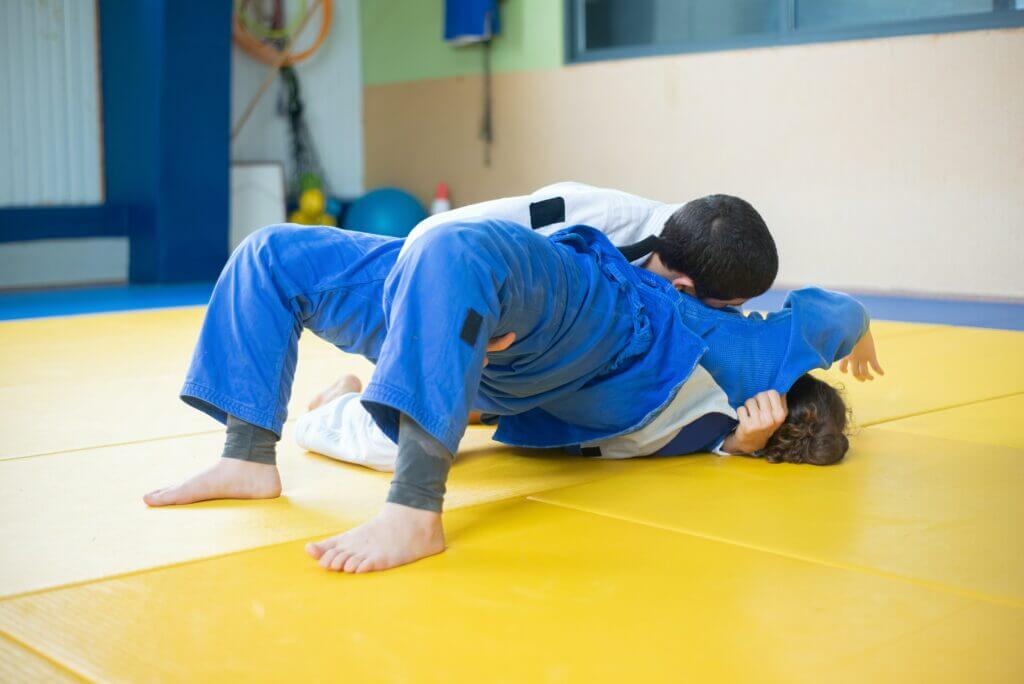
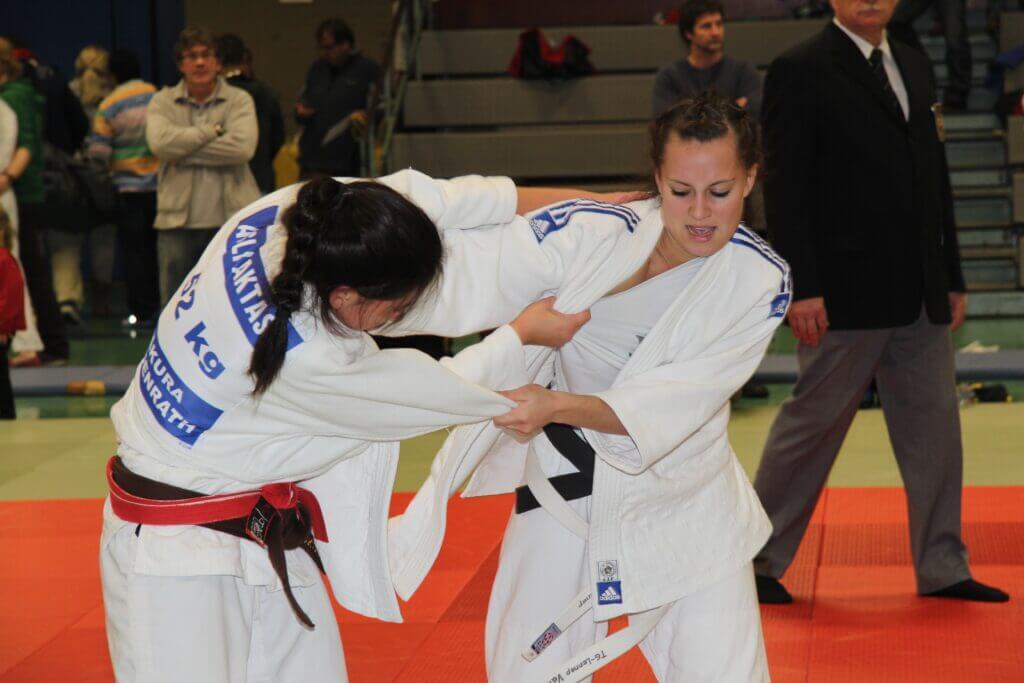
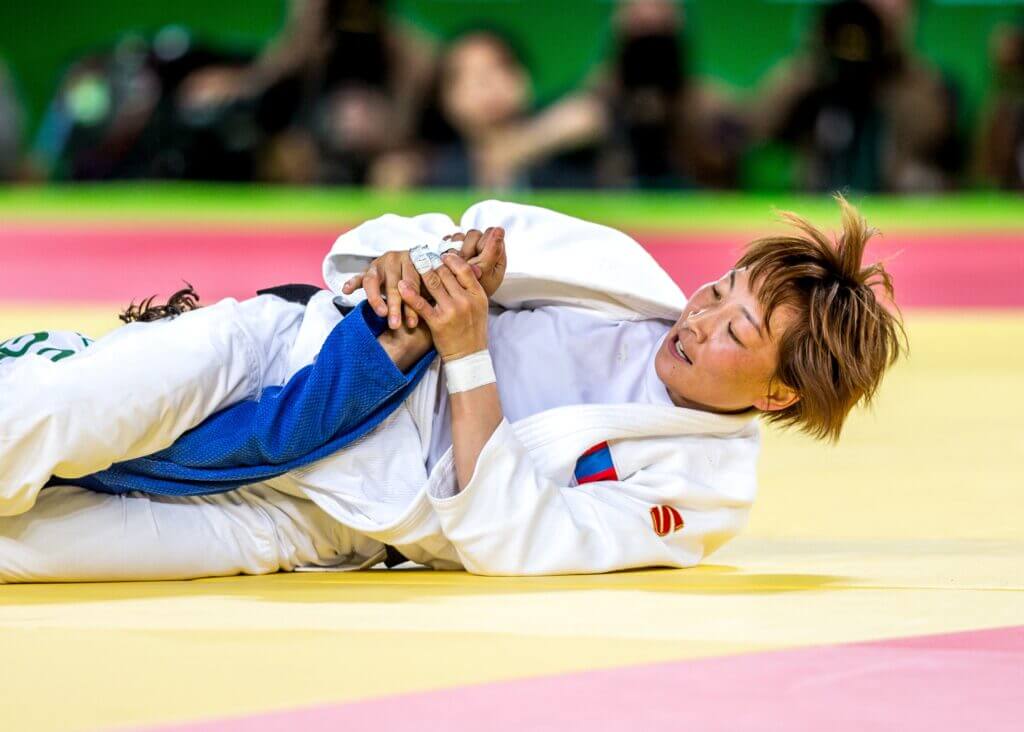
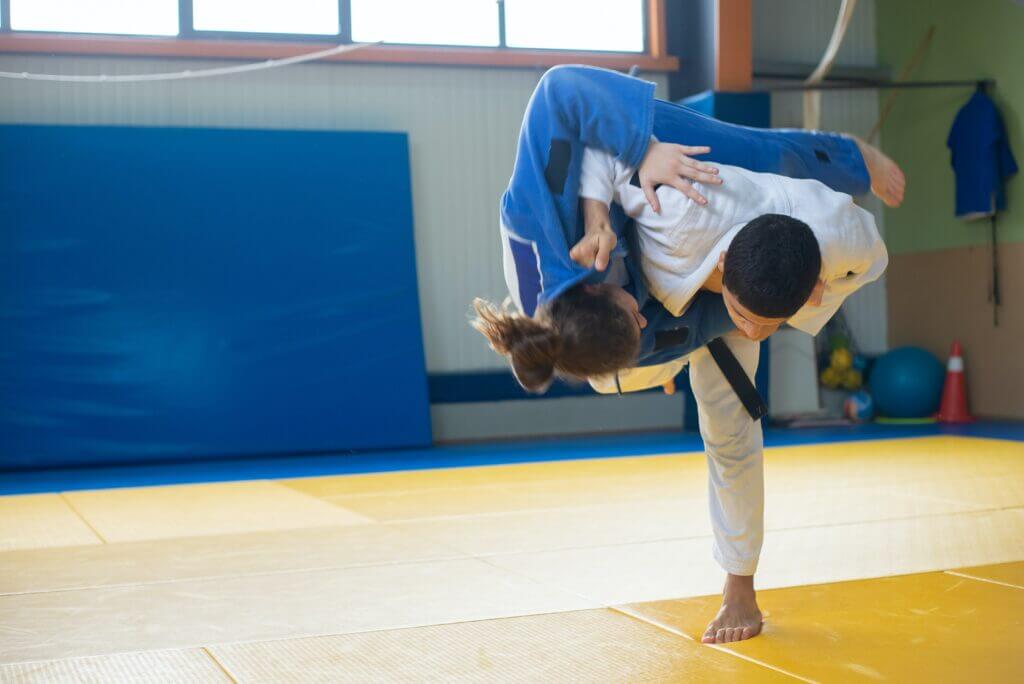
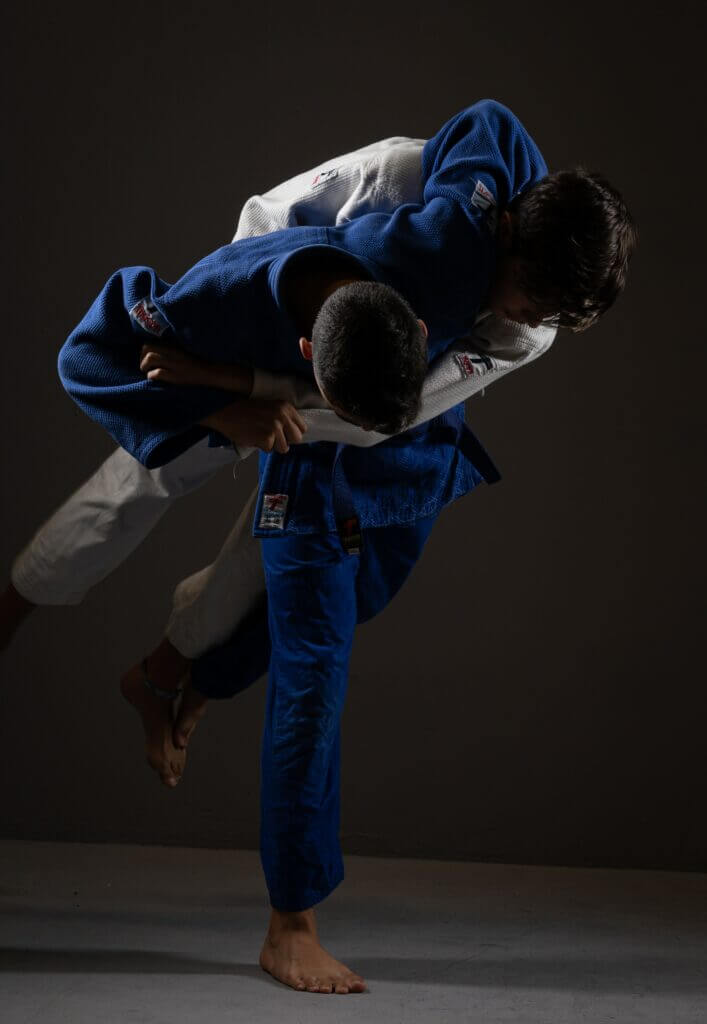
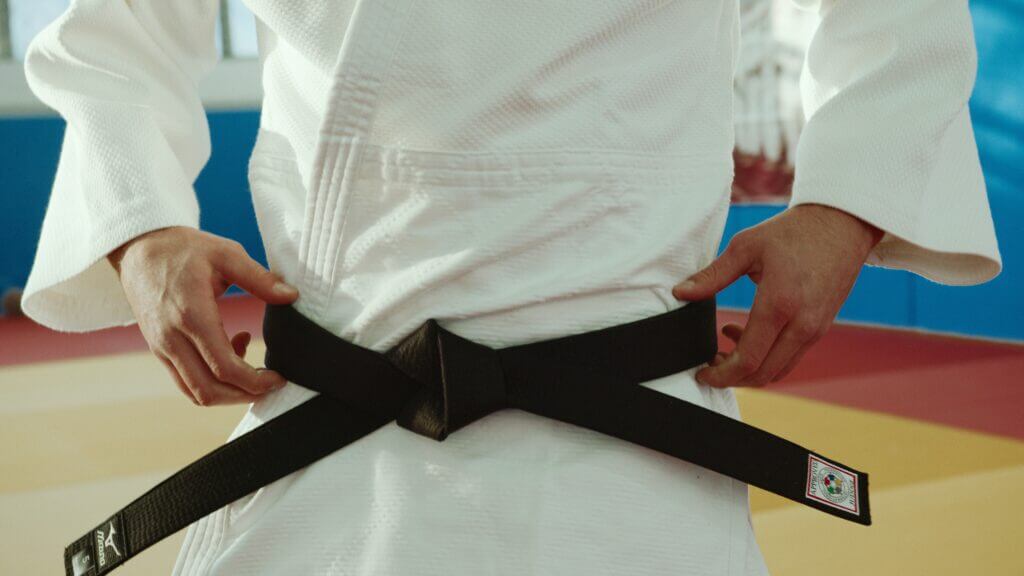
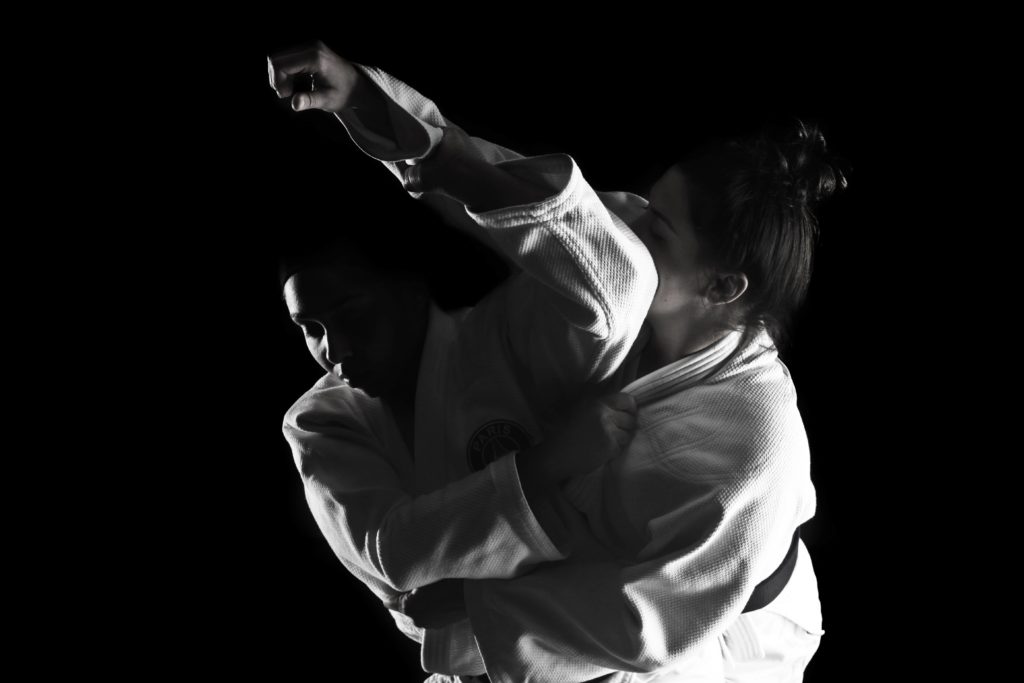
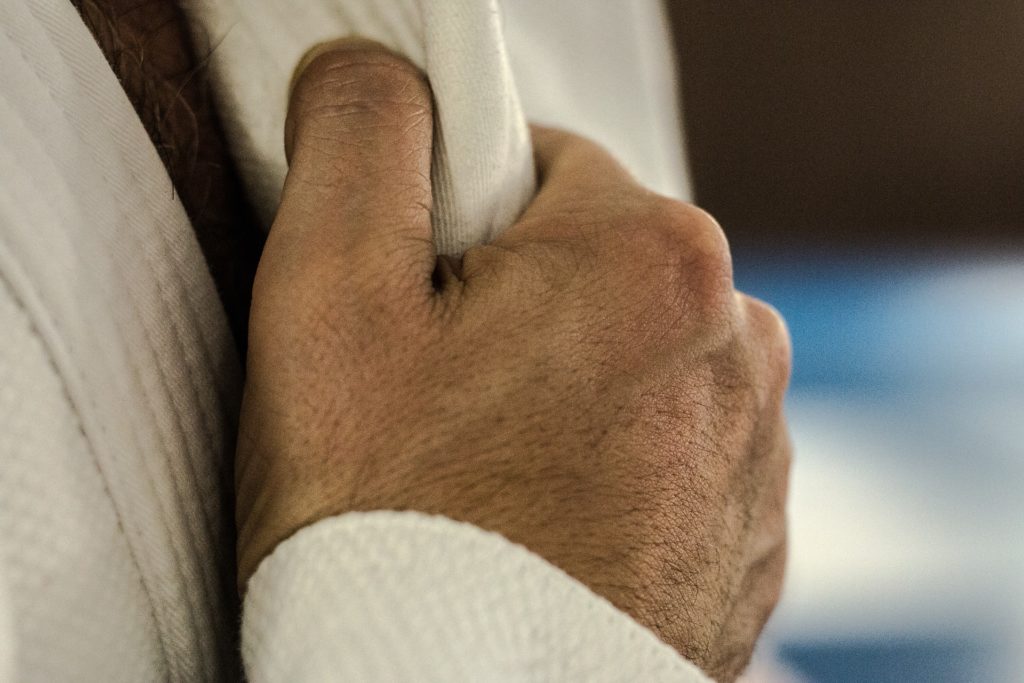
1. Ippon Seoi Nage (One-Arm Shoulder Throw)
Technical Description:
- Grip the opponent’s sleeve and lapel (“Kumi Kata”). TORI steps forward with their right or left foot, slightly pulling to create an imbalance.
- At the same time, they release the lapel, pass their arm under UKE’s opposite arm, and position their biceps between UKE’s elbow and armpit, keeping a firm grip.
- TORI loads the opponent onto their back like a backpack and throws them forward while bending their knees, maintaining control of the sleeve to guide them into the fall.
- This technique belongs to the arm-throw category.
2. Tai Otoshi – Body Drop
Theoretical Description of the Technique:
TORI grips UKE’s sleeve and lapel (Kumi Kata) and steps forward with their right or left foot to position themselves slightly to the side of UKE. TORI then pivots, extending their lead leg across UKE’s path while keeping the foot firmly planted on the ground.
Using a combination of pulling with the arms and blocking with the extended leg, TORI unbalances UKE forward and to the side. By rotating their upper body and maintaining control of UKE’s sleeve, TORI directs UKE into a powerful forward fall.
This technique is categorized as an arm throw (Te Waza) and requires precision, timing, and strong control over UKE’s balance.
3. O Soto Gari (Major Outer Reap)
Technical Description:
- TORI steps forward with their right foot and unbalances UKE to the rear.
- With a sweeping motion, TORI’s right leg moves behind UKE’s left leg, reaping it backward while maintaining a strong grip on UKE’s lapel.
- This is a powerful technique that requires timing and proper weight transfer.
4. Sasae Tsurikomi Ashi
Foot Block While Fishing
Theoretical Description of the Technique:
TORI places their supporting foot next to UKE’s, giving a slight push to turn slightly. By pulling UKE towards them as high as possible while pivoting, TORI places the sole of their foot as a block, pulls the sleeve, and guides UKE’s movement to bring them down.
5. Uchi Mata
Inner Thigh Reap
Theoretical Description of the Technique:
Take the grip (Kumi Kata) by holding the sleeve and lapel of the judogi. TORI steps forward with either their right or left foot (depending on preference) between UKE’s feet, visualizing a triangle. TORI pulls slightly to create an imbalance while simultaneously pivoting on their foot, performing a « Tai Sabaki » (body movement) to re-establish footing with the other foot. TORI then swings their front leg up to sweep the inside of UKE’s thigh while using an arm motion (lifting up, then bringing down) to make UKE fall forward. Hold onto the sleeve to guide them in the fall. Uchi Mata is commonly used for judo belt examinations!
6. O Uchi Gari
Major Inner Reap in a Circular Motion
Theoretical Description of the Technique:
TORI sweeps UKE’s inner leg in a circular motion. To execute this move correctly, TORI must perform a « Tai Sabaki » (body movement), bringing the knee of their rear leg into the hollow of UKE’s front leg to free it and enable the circular sweep.
7. O-Goshi
Major Hip Throw
Theoretical Description of the Technique:
TORI maintains a normal stance and steps forward with either the right or left foot between UKE’s feet to visualize a triangle. While pivoting on the leading foot, TORI releases their grip on the sleeve side of the judogi and places their hand behind UKE’s back to pull them into an imbalance and flip them over their hip.
8. Ura Nage
Rear Throw
Theoretical Description of the Technique:
TORI places one hand on UKE’s abdomen while the other is positioned behind UKE’s back. Using both hands to lift UKE, TORI then bridges backward, executing the throw. TORI must position one leg outside and the other inside UKE’s stance to successfully perform this sacrifice technique.
Ura Nage is also required for the second dan grading examination, appearing as the first technique in the fourth series of the Nage no Kata, a set of throwing forms created in 1906 by Jigoro Kano, the founder of judo.
9. Tomoe Nage
Overhead Sacrifice Throw
Theoretical Description of the Technique:
Take the standard grip (Kumi Kata) on the sleeve and lapel of the judogi or grip both lapels. TORI steps back and sits as close as possible to UKE. To execute the throw properly, TORI must fully commit to the movement; otherwise, they risk being countered. TORI lifts one foot (right or left, depending on preference) and places it in UKE’s groin or abdomen. By pushing their foot upward while executing an arm movement, TORI propels UKE overhead. Hold onto the sleeve to guide UKE into the fall.
Tomoe Nage is a sacrifice technique because it involves deliberately falling onto one’s back. If poorly executed, UKE may seize the opportunity to pin their opponent instead.
10. Tani Otoshi
Valley Drop
Theoretical Description of the Technique:
TORI must move behind UKE, using their leg as a block to bring them down to the side. Holding onto the sleeve helps guide the opponent during the fall. This judo technique is often used as a counterattack. It is categorized as a sacrifice technique.
Judo: A Martial Art and Combat Sport
Before practicing these judo techniques, it’s essential to perform a proper warm-up to prevent injuries.
Warm-Up Recommendations:
✅ Begin with stretching and flexibility exercises.
✅ You can also practice judo movements in front of a mirror. This solo training is called Tandoku Renshu, which means « individual practice. » It helps refine technique and positioning mentally.
✅ Take turns performing Uchi Komi: a repetitive drill focusing on speed and balance disruption without fully executing the throw.
✅ Once comfortable, transition to Nage Komi, the full execution of throws in rhythm and repetition.
However, before attempting any throws, it’s crucial to master Ukemi, the art of falling safely.




